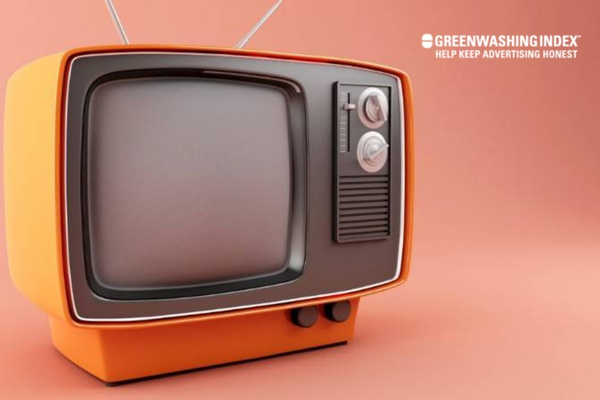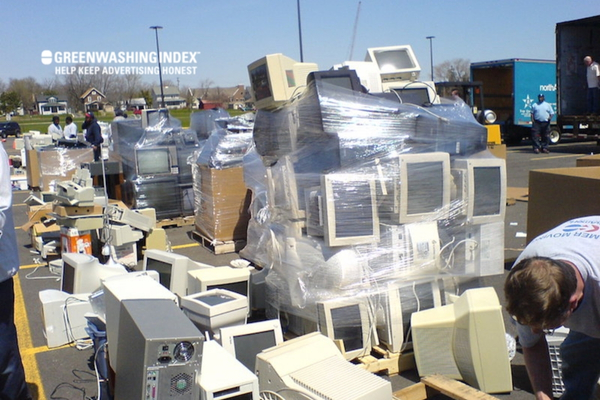

Disposing of an old tube television can feel like a daunting task, but it doesn’t have to be. As these bulky relics of the past take up valuable space in our homes, finding the right method for their disposal becomes essential. Responsible tube TV disposal is not just about clearing clutter; it’s about protecting our environment from harmful materials like lead and mercury found in these devices.
With various options available, from recycling programs to donation opportunities, saying goodbye to your tube television can be both eco-friendly and rewarding.
Tube TVs, also known as Cathode Ray Tube (CRT) televisions, represent a significant electronic waste challenge that requires careful and specialized recycling processes. As technology has advanced, these older television models have been largely replaced by modern LCD and LED screens, leaving millions of CRT TVs in need of responsible disposal.

The recycling of these devices is crucial not only for environmental protection but also for recovering valuable materials and preventing harmful substances from entering landfills.
Hazardous Materials: CRT TVs contain potentially dangerous components, including lead and phosphors, which make them classified as hazardous household waste. The United States Environmental Protection Agency (EPA) carefully monitors their disposal to prevent environmental contamination.
The recycling of tube televisions involves a complex, multi-stage approach that requires specialized technical expertise and advanced equipment. Technicians meticulously handle these vintage electronic devices, ensuring maximum material recovery while maintaining strict environmental and safety standards throughout the entire dismantling and processing procedure.
Initial Collection and Sorting:
Manual Disassembly – Technicians carefully take apart the TV, wearing protective safety gear to handle potentially toxic materials:
Material Separation – The recycling process focuses on separating different materials:
Remarkably, approximately 98% of a TV can be recycled. The process transforms old televisions into valuable raw materials for new products, ensuring minimal waste and maximum resource recovery.
Environmental Impact – By choosing responsible recycling, consumers help:
Ultimately, proper CRT TV recycling represents a critical step in sustainable electronic waste management.
Also Read: How to Dispose of Lighters – Spark Up Eco-Friendly Habits!
When you have an old television that you no longer use, it’s crucial to consider environmentally responsible disposal methods. Electronic waste, particularly televisions, contains hazardous materials like lead, mercury, and cadmium that can harm the environment if not properly handled.
Instead of simply throwing away your old TV, there are several sustainable and responsible options to manage its disposal.
When your television reaches the end of its useful life, you have several responsible and environmentally friendly disposal methods. These options not only help you clear out old electronics but also contribute to sustainable waste management. Choosing the right disposal method can prevent environmental harm and potentially provide value to others.
Selling or Donating:
Recycling:
Repurposing:
Professional Disposal:
By choosing responsible disposal methods, you can help reduce e-waste and minimize the environmental impact of your old television.
Also Read: Mattress Disposal: Easy Steps for Eco-Friendly Solutions
When you’re ready to get rid of your old TV, it’s not just as simple as throwing it in the trash. TVs, especially older tube TVs, have stuff inside them that can be bad for our Earth. So, I like to find a recycling place that knows how to handle these old electronics.

Disposing of your old electronics, especially bulky tube TVs, requires extra care to avoid harming the environment. Simply throwing your old TV in the trash isn’t the right option. If you’re wondering how to dispose of a CRT TV properly, here’s everything you need to know about safe and eco-friendly disposal practices.
Old tube TVs (also known as CRT TVs) contain materials like lead and mercury that can be hazardous if not handled properly. To ensure these are disposed of responsibly, here are some reliable options:
Once you’ve figured out where to dispose tube TV, here’s what to expect during the recycling process:
Explaining responsibly helps protect the environment and conserve resources. CRT TVs contain toxic substances that can contaminate soil and water if dumped improperly. By choosing recycling over disposal, you’re contributing to a cleaner, safer planet.
Remember, safe and responsible old tube TV disposal ensures these bulky devices don’t harm the planet. While it might take a little extra effort, finding where to dispose tube TV correctly is worth it for a cleaner future!
Also Read: Laptop Recycling: The Ultimate Eco-Friendly Guide!
Tube TVs, also known as Cathode Ray Tube (CRT) televisions, require careful and environmentally responsible disposal due to their hazardous components. These outdated electronic devices contain significant amounts of lead and other toxic materials that can pose serious environmental and health risks if not handled properly.
The United States Environmental Protection Agency classifies CRT monitors as “hazardous household waste” because of their potential to contaminate soil, water, and air when improperly discarded. When tube TVs end up in landfills, the glass tubes can deteriorate and release harmful substances like lead and phosphors, which can potentially leach into water systems used for irrigation and drinking.
Proper disposal methods include several environmentally friendly options. Consumers can donate working TVs to local schools, non-profit organizations, or homeless support centers. Alternatively, they can return the TV to the manufacturer, utilize local electronic recycling programs, or bring the device to specialized e-waste recycling facilities. Many electronics stores and local government offices offer free collection events for electronic waste, making responsible disposal more accessible.
The recycling process for tube TVs involves careful steps: initial sorting, manual disassembly by trained technicians, and separation of different materials to ensure safe handling of hazardous components. Some recycling services may charge a small fee due to the complex process of safely managing these obsolete devices.
By choosing responsible disposal methods, individuals can help prevent environmental contamination, protect human and animal health, and support sustainable waste management practices. The growing awareness of e-waste’s environmental impact has led to increased regulations and specialized recycling services dedicated to handling these potentially dangerous electronic devices.
Many local waste management services and electronics stores offer pick-up programs for your old tube TV. It’s best to call around and find a place that can handle tube TV disposal safely.
Sometimes, you might need to pay a fee to dispose of an old TV, which can range from free to about $50. This cost changes based on where you are and who takes the TV.
Walmart doesn’t provide recycling services for tube TVs. However, they have a simple gadget trade-in program that doesn’t include these types of TVs. It’s better to check with electronic recycling centers instead.
It appears that responsibly disposing of old tube televisions requires careful consideration of environmental and safety factors. Recycling centers, electronics stores, and municipal waste facilities offer specialized disposal methods that prevent harmful materials from entering landfills.
By choosing professional recycling services, individuals can effectively eliminate outdated tube TVs while contributing to sustainable electronic waste management. These approaches not only protect the environment but also ensure proper handling of potentially hazardous components found in vintage television sets.
